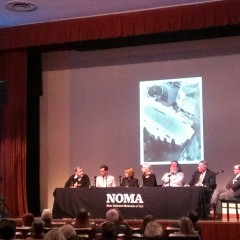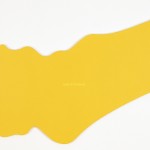I first encountered Robert Polidori’s photography in a small exhibit of his Versailles work at the Art45 Gallery. The images were rich, sensuous, highly detailed and intelligent. The New York-based photographer produces large-scale highly realistic chromogenic prints that bring the viewer into the scene. In the intimate setting, the effect was evocative and enthralling. The current retrospective at the Musee d’Art Contemporain de Montreal (MACM) showcases 59 of Polidori’s images, however its large scope dilutes the impact of the photographer’s oeuvre.
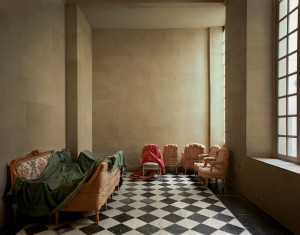
Polidori, a staff photographer for The New Yorker and Vanity Fair, rose to critical attention with his 2006 commissioned exhibition New Orleans After the Flood at the Metropolitan Museum. This display of 20 prints was the most attended photography exhibit in the history of the Met. The chilling images from this series witness the abandoned vestiges of personal lives assaulted by Hurricane Katrina.
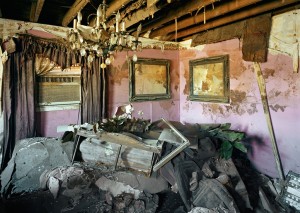
While the Katrina images still resonate in the MACM’s retrospective curated by new director Paulette Gagnon, their strength is diminished. Before reading the initial text, or even realizing that the show’s begun, the viewer unknowingly encounters Polidori’s earliest work, three interiors of New York apartment belonging to the recently deceased and intended as illustrations for the court to support the owner’s repossession. Later in the exhibit proper, images of Jordan and India come as an afterthought to the show, while photos from Cuba pale in strength to the figure-less post-destruction testimonials of Chernobyl, New Orleans and Beirut.
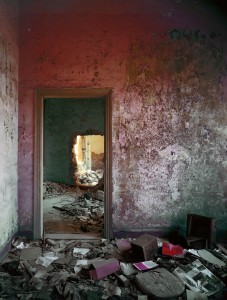
At Versailles, Polidori very shrewdly observes the work behind putting history on display. The prints show us not the opulent king’s palace of fairy tales but the modern museum under construction and in transition. As viewers, we encounter a different side of both the museum and interior space.
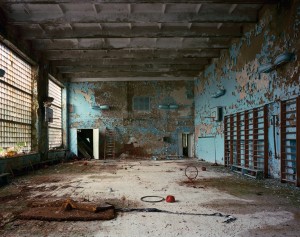
When the Montreal-born photographer confronts the domestic echoes of larger atrocities, he produces haunting images. The ravaged bullet-ridden rooms of Beirut. The toppled interior spaces of Chernobyl. The flood-strewn bedrooms of New Orleans. Confronted with all of these images, the viewer faces a humanless silence that suggests a previous human presence. The rubble and the ruins imply lives lived and comment upon the futility of the built environment in face of war and disaster, both man-made and natural.
These scenes of destruction along with the very manicured shots at Versailles are among Polidori’s strongest work, testaments to memory and history not often seen.
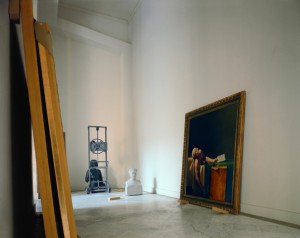
With less than a week left to view left of the show, this is your last chance to see the Robert Polidori exhibit, if only to have a personal séance with his evocative scenes of life in the ruins. For a more raucous and fun evening, visit the MACM this Friday night from 5 to 9pm as it hosts its Nocturnes party (first Friday of every night), a soiree complete with live music, bar service and the freedom to roam around the galleries.



